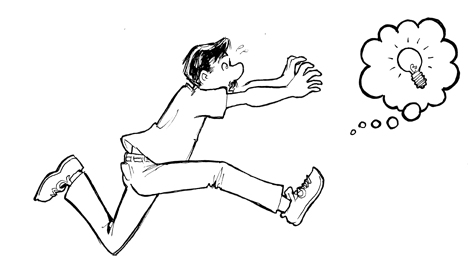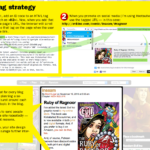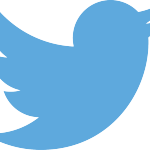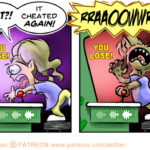You don’t need a subscription to read today’s post!
This is a re-post from the Webcomics.com archive. If you’ve ever been curious about the kind of information, tutorials and advice that you’ll get as part of your subscription to Webcomics.com, this is a good example.
If you’d like to join the site, you can get a 12-month subscription for $30 — or you can get a one-month Trial for $5 … with no obligation after your 30 days expire. For less than three bucks a month, you can get a steady flow of information, tutorials and advice targeted towards your webcomic business — plus a private forum to discuss issues with other professionally minded cartoonists.
I think we’re entering a new phase in webcomics — one shaped largely by social media — that requires us to pay closer attention to how readers are consuming our content.
In short, our readers have evolved. And if we’d like to remain in business (or break in), we’re going to have to understand that evolution — as well as where it leads.
Here’s an example. On those (rare) occasions that I post something on Reddit that doesn’t get downvoted instantly, I’ll check my stats the next day to find that — although the Reddit link drove a large amount of traffic to my site — almost nobody stuck around to check out the other comics on the site!
On sites like Facebook and Twitter, it’s even worse. If I post the entire comic there, the readers will read it there — and never follow the link. If I post a link instead of a comic, I get a much lower response rate — and those readers who do follow the link tend to leave immediately.
What happened?
Foraging and force-feeding
The readership has gone foragers to force-fed.
At one time, readers were foragers. They were actively searching for content on the Web. They’d use bookmarks and RSS feeds to “preserve” that content once they found it. And they’d share that information with other searchers.
Just try to find a young person who even knows what a bookmark is. I’ve asked my students at Hussian College that question for about three years now. The blank looks are blood-chilling. And RSS? Google saw the writing on the wall long ago, and abandoned the Google Reader without looking back.
Readers don’t have to forage for content anymore. There’s a steady stream of content being force-fed to them through Facebook (and other social media) — and worse yet, it’s delivered on a partial-reinforcement basis that tends to build an incredibly powerful addiction.
Partial-reinforcement is when a subject gets a positive reinforcement for a target behavior sometimes — but not every time. As a result, the behavior becomes almost impossible to break — because the subject believes the next positive reinforcement is just around the corner. It’s the psychology behind gambling addiction. And comic-strip reading, perhaps.
It’s why you look up from your Facebook feed and realize with chagrin that an hour has flown by.
And then go back to reading Facebook.
So, as counter-intuitive as it sounds, readers* will “like” a post in hopes of seeing more of your content in their Facebook feed rather than go to the source WHERE THEY KNOW THEY CAN FIND MORE OF THAT CONTENT!
It seems as if we’re left with the choice between being part of that force-feeding cycle — in hopes of snagging a lingering forager in the group from time to time — or divesting ourselves entirely from social media and — effectively — disappearing (from the perspective of our “readers”).
But what it really means of that we have to reinvent ourselves as content-creators and use all of the above to our advantage. I think creators of longform comic have to give serious thought to the approach I’ve been promoting here for the last couple of years. I’ve indicated that I think subscription holds promise for many of us.
But those are, by no means the only options.
We’re entering an exciting new phase of webcomics — and it’s not for the timid (nor for the unimaginative). My question to you is this: How do you see this future unfolding — and how are you preparing yourself to capitalize on it?
——
*Those readers that understand how Facebook works, that is.




















